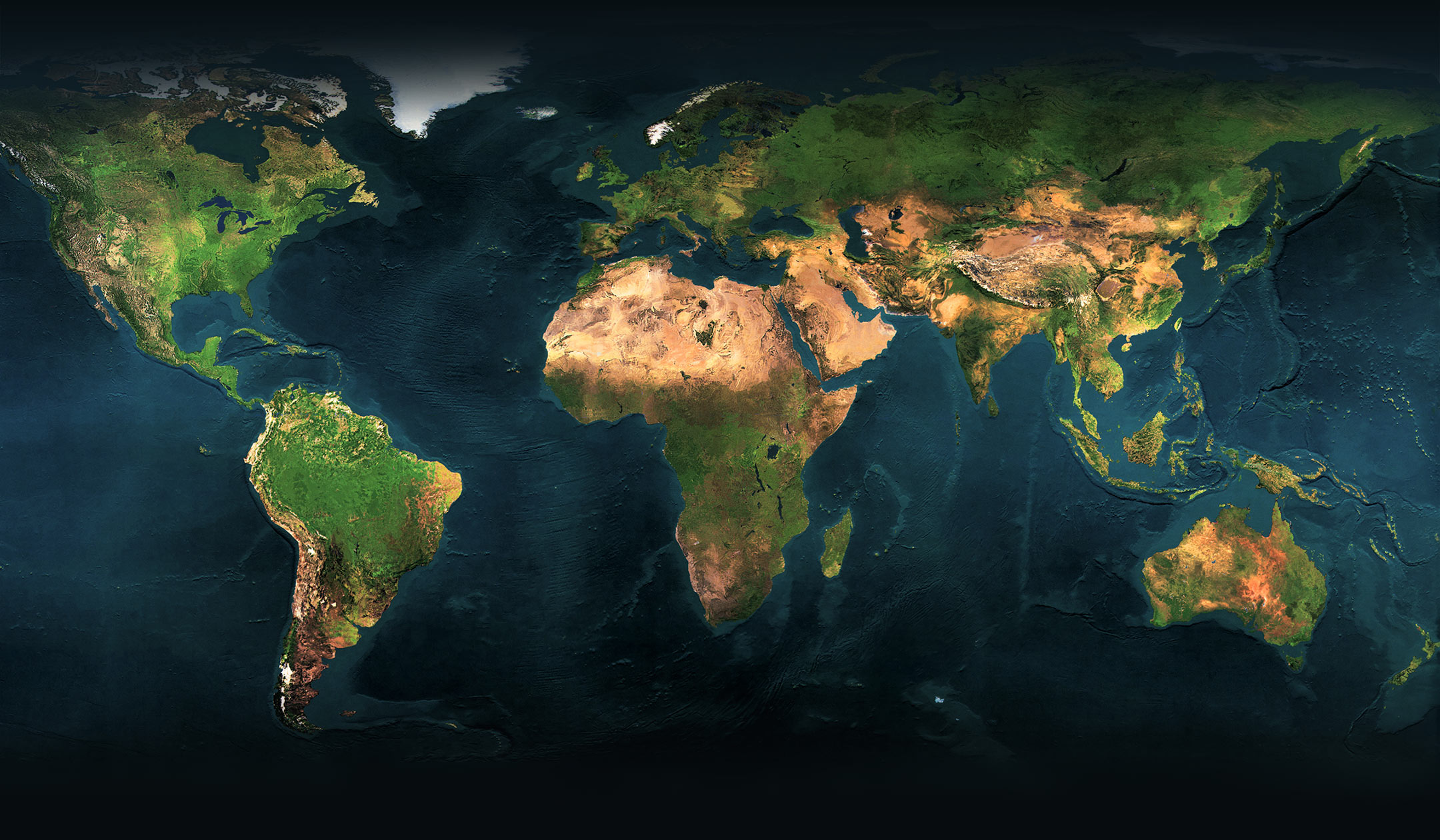Japan 1
December 2015
We visited Edo's uncle Hans and Hiromi in Fukuoka and then traveled with Hans for a week through the Kyushu peninsula, visiting places like Nagasaki, Kumamoto, and Dazaifu. After a week traveling together, we said goodbye to Hans & Hiromi and took a bullet train to Kyoto and Nara to see the amazing historical sites there in the gorgeous autumn colours.
